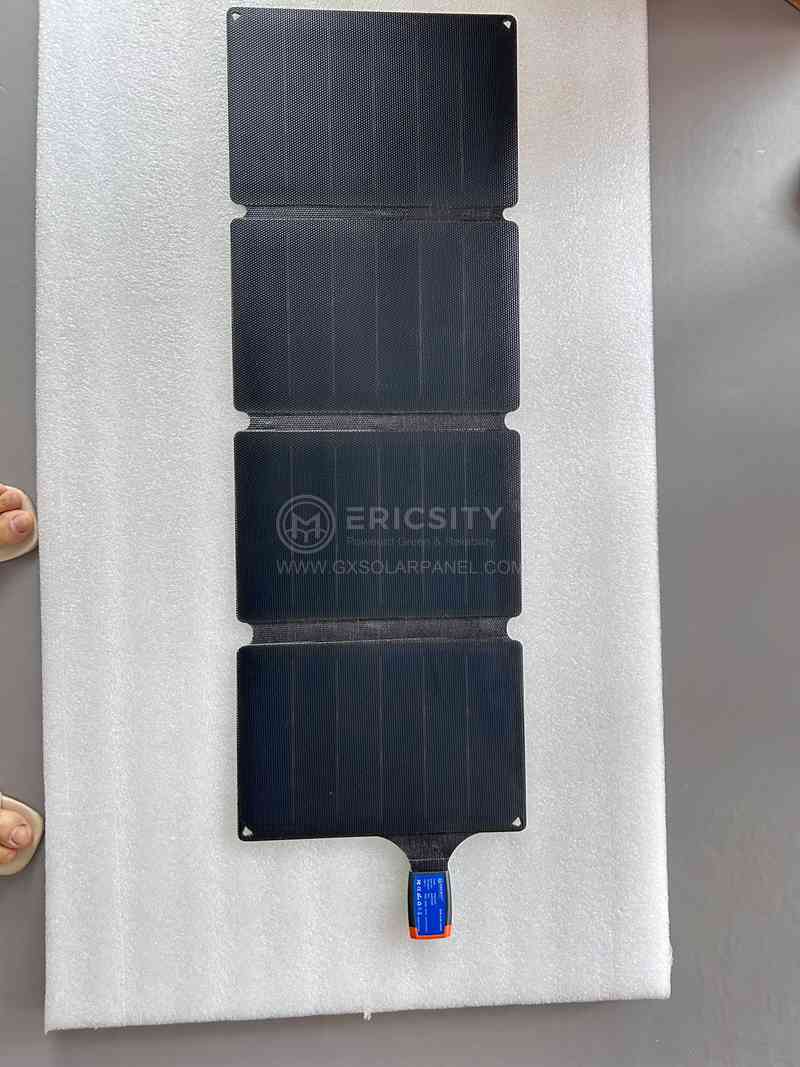HOT PRODUCT
Product Details
Affordable Energy Solutions For Large Systems: Where To Find Competitive Prices
Title: Affordable Energy Solutions For Large Systems: Where To Find Competitive Prices
Introduction:

As the demand for energy continues to rise, large systems, such as industrial plants, data centers, and commercial buildings, are facing increased pressure to find affordable energy solutions. The challenge lies in striking a balance between cost-effectiveness and sustainability. However, with the advancements in technology and the evolving energy market, there are now various options available for large systems to find competitive prices for their energy needs. This article explores some of the most promising avenues to seek affordable energy solutions.
1. Procurement through Wholesale Markets:

One of the key strategies to find competitive energy prices for large systems is to leverage wholesale markets. These markets allow buyers to procure electricity or natural gas directly from generators or suppliers at market-determined prices, bypassing retail intermediaries. By participating in wholesale markets, large systems can take advantage of price fluctuations based on supply and demand dynamics. Additionally, the abundance of suppliers in these markets promotes competition, further driving down costs.
2. Energy Management and Efficiency:
Another approach to achieve affordable energy solutions is through effective energy management and efficiency practices. Large systems should invest in advanced energy management systems that monitor, track, and optimize energy consumption patterns. By analyzing data collected from these systems, energy inefficiencies can be identified and remedial actions can be taken. Implementing energy-saving measures, such as upgrading to energy-efficient equipment, improving insulation, and optimizing processes, not only reduces operational costs but also contributes to a greener and more sustainable future.
3. Renewable Energy Sources:
Large systems can benefit from the rapidly decreasing costs of renewable energy sources, such as solar photovoltaic (PV) panels and wind turbines. Installations of renewable energy systems on-site provide an opportunity to generate clean and affordable energy. By investing in solar or wind power, large systems can potentially reduce their dependence on traditional grid electricity and even produce excess energy to sell back to the grid. Additionally, government incentives and tax credits are often available to support the adoption of renewable energy technologies, making them even more financially attractive.


4. Energy Storage:
Integrating energy storage technologies, such as batteries, into large systems can also contribute to cost-reduction efforts. By storing excess energy generated from sources like solar or wind, large systems can optimize their energy usage, match supply and demand, and reduce their reliance on expensive peak-load electricity. Energy storage systems also provide backup power during outages, ensuring uninterrupted operations. As the costs of energy storage continue to decline, it has become an increasingly viable option for large systems.
5. Energy Aggregators and Demand Response Programs:
Collaborating with energy aggregators and participating in demand response programs can offer financial benefits to large systems. Aggregators negotiate contracts with energy suppliers on behalf of multiple consumers, allowing them to access wholesale prices or negotiate favorable rates. Demand response programs incentivize large systems to reduce electricity consumption during periods of high demand by providing financial incentives or lower rates during off-peak hours. By participating in these programs, large systems can significantly reduce their energy costs.
Conclusion:
Finding affordable energy solutions for large systems is no longer an insurmountable challenge. With the availability of wholesale markets, advancements in energy management technologies, the decreasing costs of renewables, and the integration of energy storage, large systems now have a range of options to pursue competitive energy prices. By adopting these solutions, not only can large systems achieve cost savings, but they can also contribute towards a cleaner and more sustainable future. The key lies in assessing the specific energy needs and goals of each system and implementing a customized approach to find the most economically viable and environmentally friendly solution.




